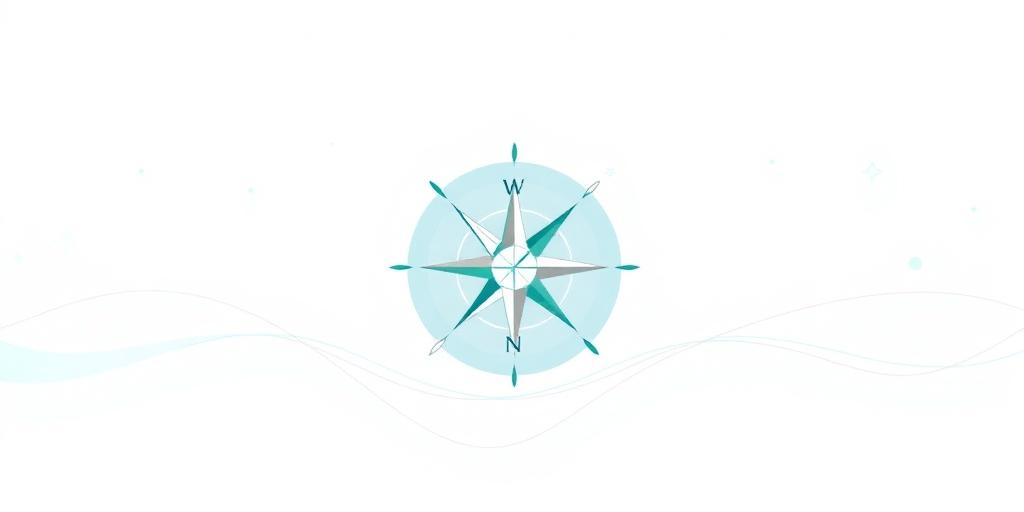Crafting Your Compass: The Definitive Guide to a Personal Mission Statement
In the intricate landscape of life, navigating without a clear sense of direction can lead to disorientation and stagnation. Just as an organization relies on a foundational mission statement to articulate its purpose and guide its actions, individuals can harness the power of a personal mission statement to define their core values, aspirations, and contributions. This document serves as a powerful compass, ensuring that every decision and endeavor aligns with your deepest convictions and long-term objectives.
This authoritative guide will demystify the process of how to create a personal mission statement, providing a structured framework for its development and emphasizing its transformative impact.
The Indispensable Role of a Personal Mission Statement
A personal mission statement is more than a mere collection of words; it is a declaration of your unique purpose, a distillation of what matters most to you, and a blueprint for your future. Its benefits are profound and far-reaching:
- Enhanced Clarity: It crystallizes your core values, passions, and strengths, illuminating your true north.
- Purposeful Decision-Making: Faced with choices, your mission statement acts as a filter, allowing you to assess whether an opportunity or action aligns with your ultimate purpose.
- Unwavering Focus: It helps you prioritize, dedicate energy to what truly matters, and resist distractions that deviate from your path.
- Resilience in Adversity: During challenges, recalling your fundamental purpose provides strength and perspective.
Developing a robust personal purpose statement is an investment in your future, yielding dividends in fulfillment and efficacy.
Key Components of an Effective Personal Mission Statement
While the precise phrasing will be unique to each individual, an impactful personal mission statement generally encompasses several critical elements:
- Core Values: The fundamental principles that guide your behavior and choices (e.g., integrity, compassion, innovation).
- Strengths & Talents: Your unique abilities and gifts that you leverage to achieve your purpose.
- Passions & Interests: What genuinely excites and energizes you.
- Contribution/Impact: How you intend to make a difference in the world, in your community, or in the lives of others.
- Vision: A glimpse into the future you aspire to create for yourself and those you influence.
A Step-by-Step Guide to Crafting Your Life's Purpose
The process of crafting your life's purpose requires introspection, honesty, and a willingness to explore your deepest motivations. Follow these structured steps:
Step 1: Reflect on Your Core Values and Beliefs
Begin by identifying what you hold most sacred. What principles do you refuse to compromise? List 5-7 values that resonate most profoundly with you. Consider moments when you felt most alive, most proud, or most fulfilled. What values were at play in those instances?
Step 2: Identify Your Unique Strengths and Passions
What are you naturally good at? What activities make you lose track of time? Recognize both your innate talents and acquired skills. Couple these with your passions—the subjects, causes, or activities that ignite your enthusiasm. This intersection often reveals the fertile ground for your contributions.
Step 3: Envision Your Ideal Contribution and Impact
Beyond personal achievement, consider the broader impact you wish to have. How do you want to contribute to the world, your family, your profession, or society? What problems do you want to solve? What legacy do you wish to leave? This is about defining your sphere of positive influence.
Step 4: Draft and Refine Your Statement
Begin to combine your insights into concise sentences. There's no single correct format, but aim for clarity, conciseness, and inspiration. Experiment with different phrasings. Some find it helpful to start with phrases like: “My mission is to…” or “I am committed to…”. Seek to articulate your purpose, your methods, and your intended impact.
Mission Statement Examples for Individuals:
- “To inspire creativity and critical thinking through engaging education, empowering others to solve complex challenges.”
- “To foster genuine connections and support well-being, cultivating communities of empathy and resilience.”
- “To innovate sustainable solutions that protect natural resources for future generations.”
Step 5: Make It Actionable and Memorable
Your mission statement should be a living document, not just words on a page. Ensure it is memorable enough to recall easily and actionable enough to guide daily decisions. Test it against real-world scenarios:








